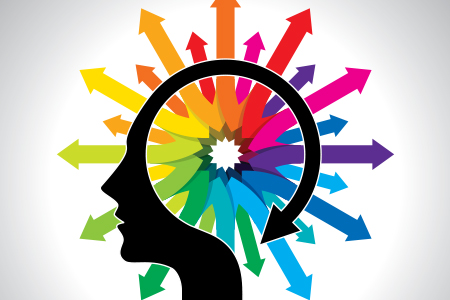
Modern colour psychology originated in the early 19th century and has been used as reference for designing spaces that promote emotional responses. The colours you surround yourself with may be effecting your health more than you realize.
People suffering from different ailments and injuries may find some colours more positive than others. It is important to remember that feeling evoked by certain colours are not universal. Cultural differences and personal preferences may also play a role in how colour is perceived.
Although, there is some debate regarding how specific shades of colours can effect your mood, these are some of the basics:
- Red: Symbolizes power, danger, energy, and passion.
- Orange: Offers a jolt of energy, excitement, and innovation. If overused this colour can be too bright and make people feel overwhelmed.
- Yellow: Associated with warmth, happiness, optimism, and creativity.
- Green: Associated with nature, calming, soothing qualities.
- Blue: Perpetuates feelings of calm and freshness.
- Purple: Connotes royalty, luxury, and imagination.
- Gray: Gives a sense of relaxation and serenity.
- Brown: Like green, brown’s natural roots give it a relaxing touch. Associated with feelings of warmth and safety.
- Black: Power, elegance, sophistication. Overuse can be associated with sadness.
- White: Relates a sense of cleanliness and purity. Overuse can be associated with a cold sterile environment.
A clear example of how the colour red is used to provoke excitement is its use in casinos. Research has shown that the use of bright red lights and colours promote adrenaline and is used as a tool to keep customers spending money. In contrast, the use of muted greys and greens are seen in spa environments to promote healing and serenity.
Acknowledging how different colours and tones can effect ones overall mood within their home is extremely important. It can be used as a tool to improve mental health as well as the functionality of the space. Every design choice has an impact not only on how the space looks but also has a distinct psychological impact on your subconscious.


